An object is moving with a uniform acceleration which is parallel to its instantaneous direction of motion. The dispalcement (s)-velocity (v) graph of this object is.

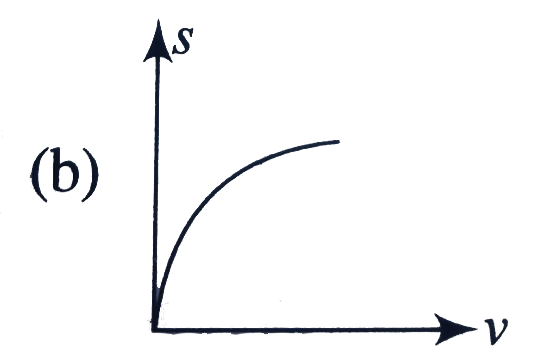


The correct Answer is:C
v2=u2+2as, If u=0 then v2∝S
i.e., graph should be parabola symmetric to displacement axis.
Similar Questions
.An object is moving with a uniform acceleration which is parallel to its instantaneous direction of motion.The displacement x - velocity (v) graph of this object is
View SolutionAn object is moving with a uniform acceleration. Its velocity after 5s 25 ms^(-1)andafter 8 sis34ms−1 Find the distance travelled by the object in 10 th second.
View Solution
Knowledge Check
An object moving with uniform circular motion shows
Aconstant accelerationBconstant velocityCconstant change in directionDconstant change in motionThe displacement (s)- velocity ( v ) graph of a particle if it starts moving from rest with a uniform acceleration which is parallel to its instantaneous direction of motion is
A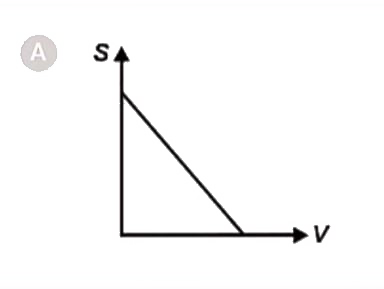 B
B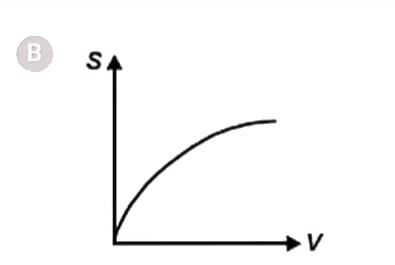 C
C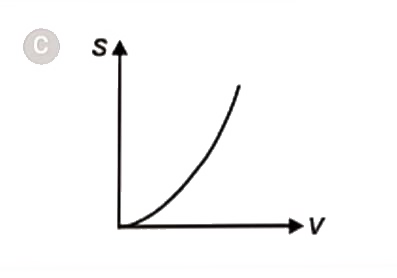 D
D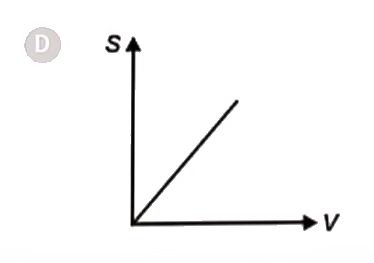
When an object is moving with a uniform velocity, what is its acceleration?
ANon-uniformBNegativeCPositiveDzero
Is it possible for a uniformly accelerating object to change its direction of velocity?
View SolutionAn object is moving with uniform acceleration. Its velocity after 4sis20ms−1 and after 7 second is 29 ms"^(-1) . Find the distanc etravelled by the object in 10 th second.
View SolutionIf an object undergoes a uniform circular motion, then its
View SolutionFor an object starting from rest with uniform acceleration which of the following graph is incorrect, where s, v, t are displacement, velocity & time.
View SolutionAn object is moving with uniform acceleration a. Its initial velocity is u and after time t its velocity is v. The equation of its motion is v = u + at. The velocity (along y-axis) time (along x-axis) graph shall be a straight line
View Solution
